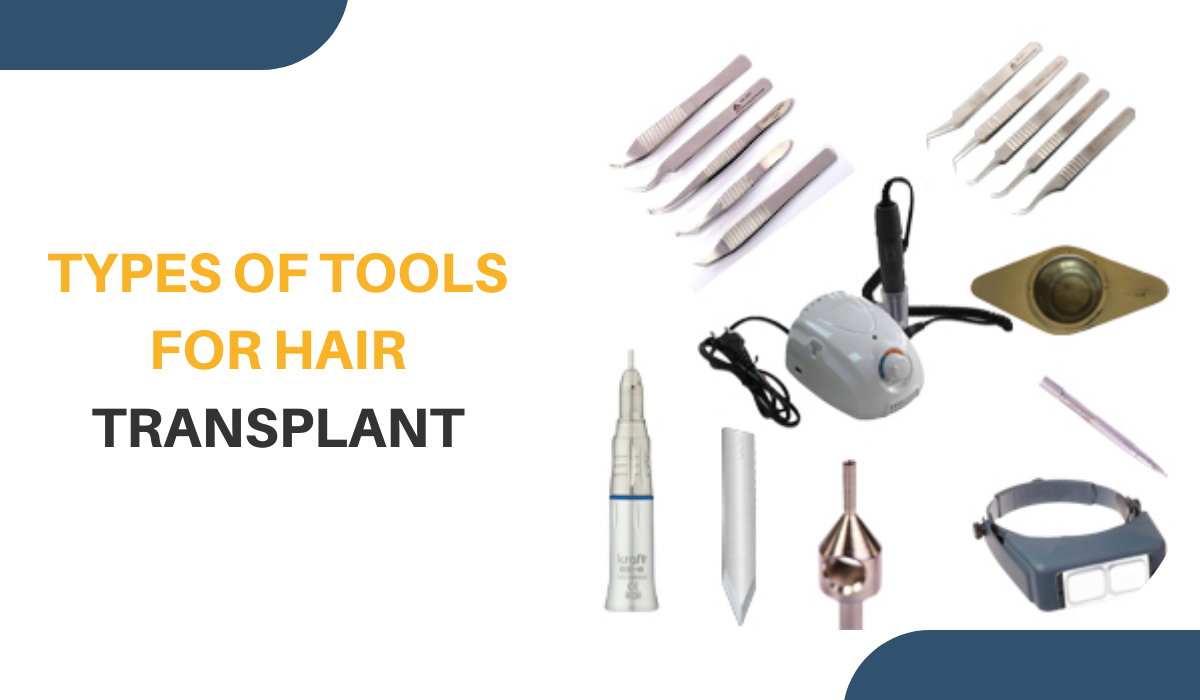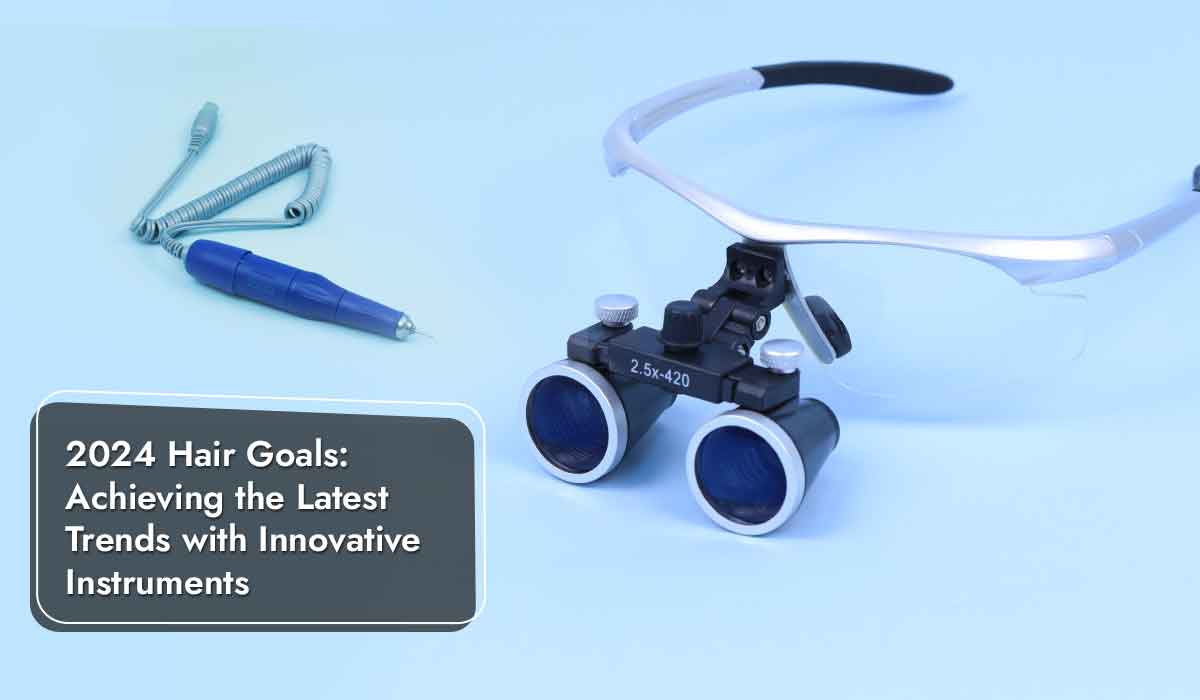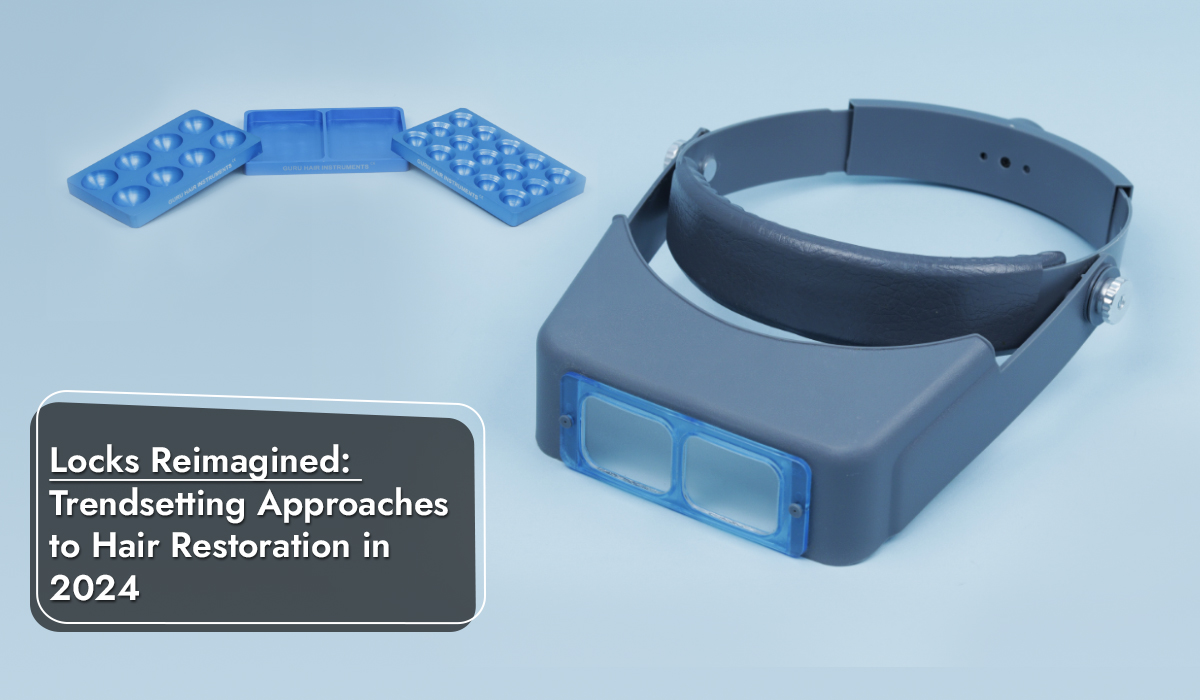Attaining natural-looking results through hair restoration requires not only artistic finesse but also an understanding of precision instruments. Graft hair instruments play a central role in the hands of skilled professionals in providing individuals seeking hair restoration with renewed confidence. This blog explores these instruments further, uncovering their intricate science while providing insight into the techniques involved in hair grafting as artful techniques that bring renewed confidence to those seeking restoration.
Understanding Graft Hair Instruments
Grafting, one of the techniques utilized during hair transplant procedures, involves extracting hair follicles from one area (typically the donor area) and implanting them into an area experiencing hair loss in another part of the body known as the recipient area. For this process to succeed successfully, precise handling must take place – this is why specialist graft hair instruments come into play.
Microscopes and Magnification: the Eyes of Precision
Precision in hair grafting relies on being able to see every detail clearly and work meticulously. Magnification tools allow surgeons to locate healthy follicles for transplantation using high-powered microscopes, providing optimal results from transplant procedures.
Follicular Unit Extraction (FUE) Punches:
Precision Extraction
are precision tools designed to extract individual follicular units from donor areas with minimal trauma to surrounding tissues while extracting intact follicles efficiently. There are several sizes of FUE punches, and their design takes into account hair type, thickness, length, density, density of growth patterns, etc. to extract them successfully.
Implanters:
Navigating the Recipient Area Once extracted follicles have been taken out of their cells, implanters take over as the tools for shaping up the recipient area. Although these instruments vary in design, they all share one common purpose: gently placing each follicle at an optimal angle and depth. Their scientific designs aim at creating devices that offer smooth implantation while reducing trauma at recipient sites and increasing the survival of grafts.
Instrument Development in Graft Hair Restoration
Over time, hair restoration instrumentation has made significant strides forward. While earlier techniques like strip harvesting involved extracting strips of scalp from donor areas to leave behind linear scars, more sophisticated instruments were soon demanded when follicular unit extraction (FUE) came onto the scene.
Modern graft hair instruments are specifically designed to increase efficiency, accuracy, and comfort during hair transplant procedures. Robotics and automated systems have also made their debut to assist surgeons with extraction and implantation processes; all these innovations demonstrate our dedication to producing optimal results with minimally invasive approaches.
Graft Hair Transplants Although instruments play an essential part, their implementation and utilization by an experienced surgeon cannot be overstated. Graft hair transplants require a deep understanding of hair growth patterns, donor site management strategies, recipient site architecture considerations, and surgical placement in order to produce natural-looking results that seamlessly merge into an individual patient’s existing hairline. Surgeons must plan the distribution of grafts carefully so as to achieve a natural-looking result that seamlessly merges with the existing locks of their patients.
Precision in hair transplanting extends beyond mechanical components; it encompasses artistic skills such as recreating hairlines, considering facial aesthetics, and maintaining the overall harmony of restored locks. Achieving such exceptional hair transplant procedures takes the delicate balance between science and artistry into consideration.
Patient-Centric Approach:
Tailoring Techniques to Individual Needs
Graft hair instruments do not fit all. Different patients have various hair types, densities, and patterns of loss – tailoring tools and techniques specifically to each person is a hallmark of modern hair restoration’s patient-centric approach. Surgeons carefully assess each patient’s hair texture, colour, and growth angle before customizing a plan for transplanting their locks. Graft hair instruments go beyond technical specifications in their customization; rather, they contribute towards creating an experience tailored to every aspect of the transplantation process.
Advances Fuel Progress
With advances in technology come advances in hair graft instruments. Researchers and manufacturers alike continue to explore methods to increase the precision, efficiency, and outcomes of hair restoration procedures.
Recently, there has been a sharper focus on minimizing invasive procedures, minimizing downtime, and increasing patient comfort. Laser-assisted devices, improved graft counting methods, and automated extraction/implantation systems are among the innovations that are helping refine graft hair instrumentation.
Conclusion: Precision Redefined
Acquiring precision when it comes to hair restoration requires both art and science. Graft hair instruments serve as tools that help skilled surgeons navigate through the complicated maze of follicular transplantation; With their meticulous design, technological innovations, and patient-centric approach, they redefine precision when conducting hair restoration procedures.
As we study the science of hair transplant instruments, it becomes evident that excellence in hair transplantation is an evolving journey. Patients seeking restoration can be comforted knowing that those at the forefront are finely tuned for precision but also driven by a commitment to producing natural-looking results with natural aesthetic appeal. As artful sculpting continues to flourish, so too will confidence and satisfaction return with each successful journey on this path to hair restoration.













